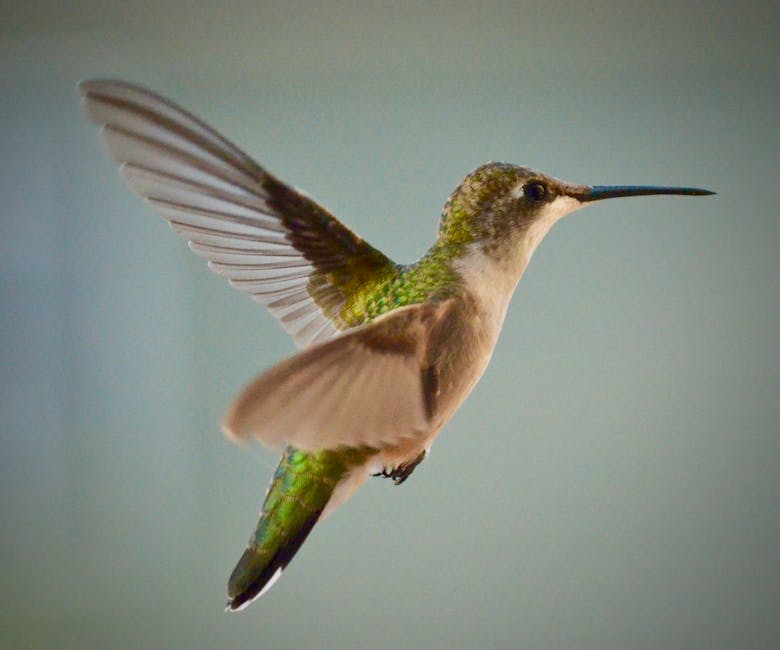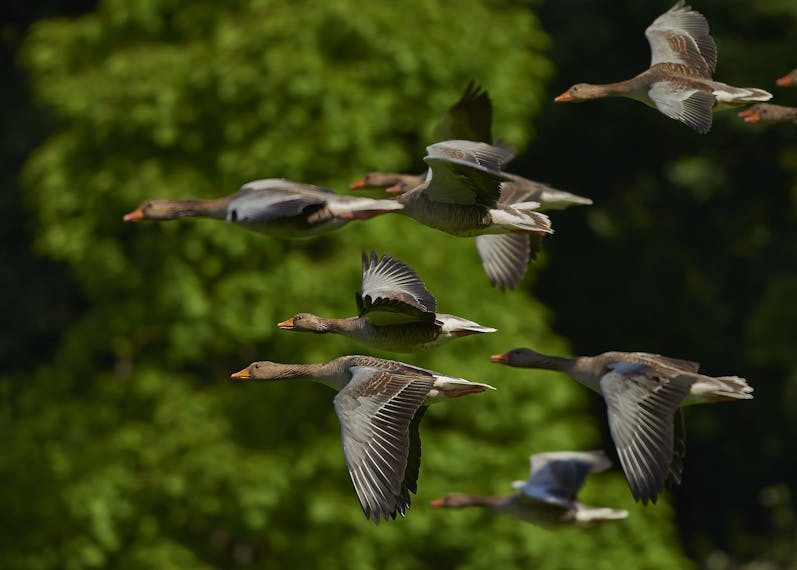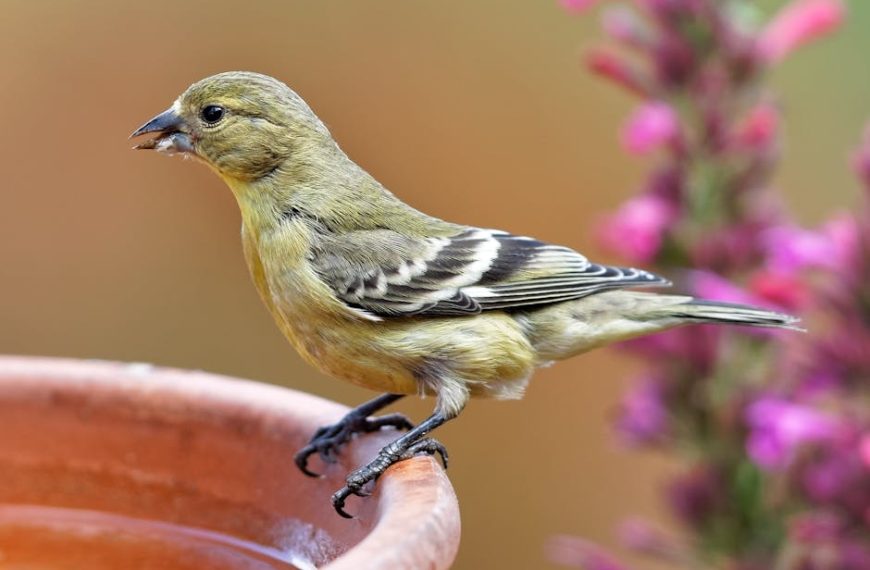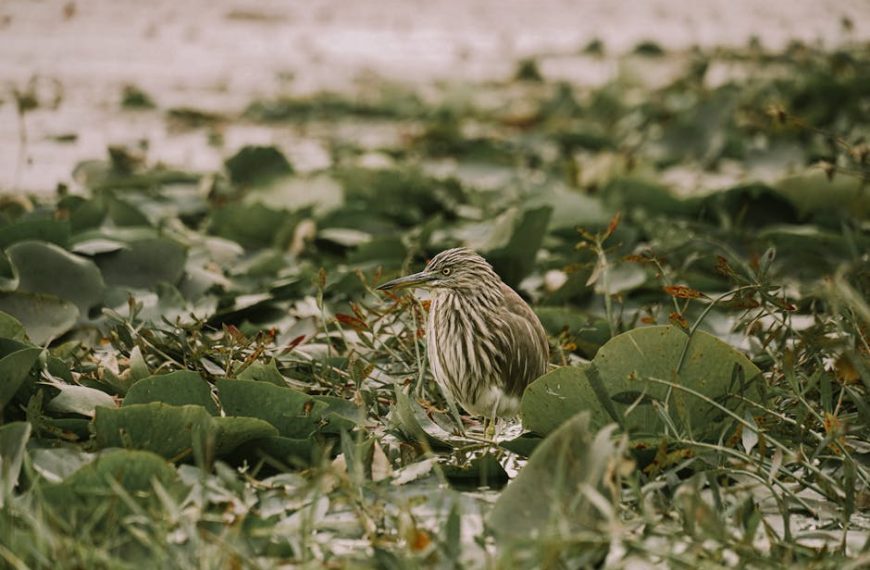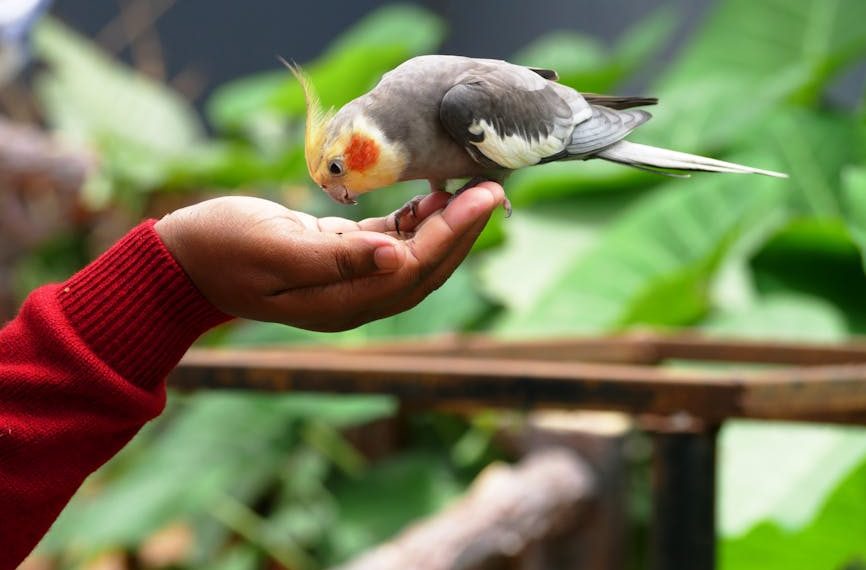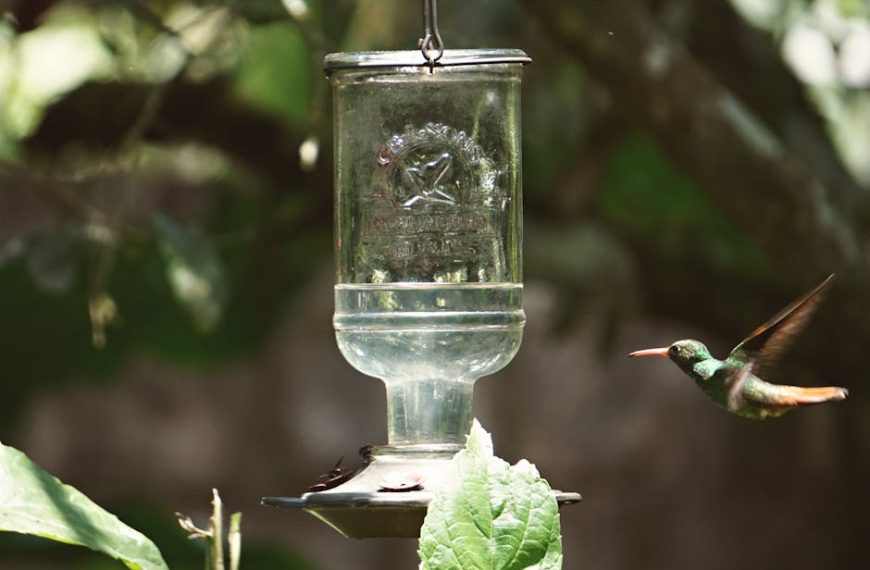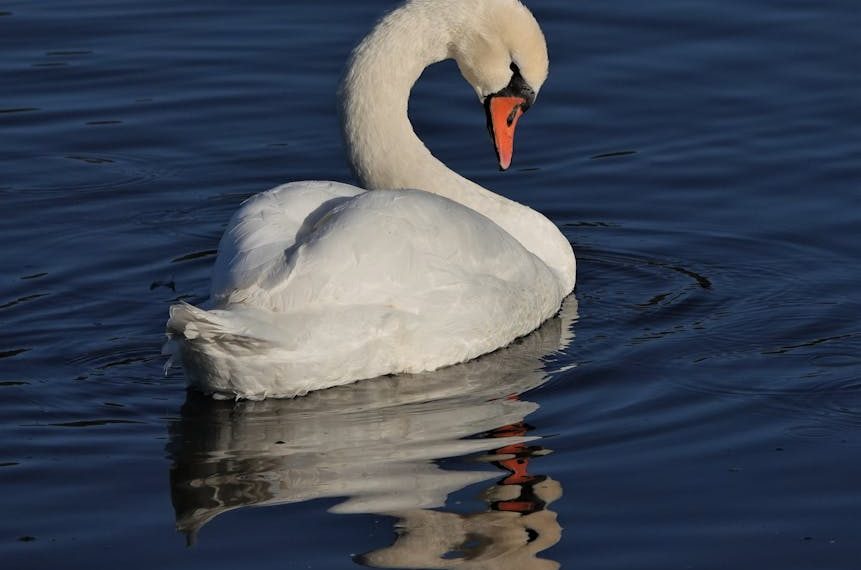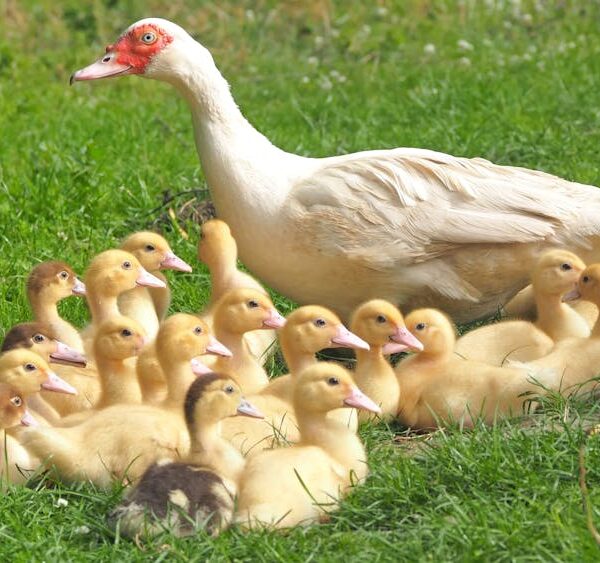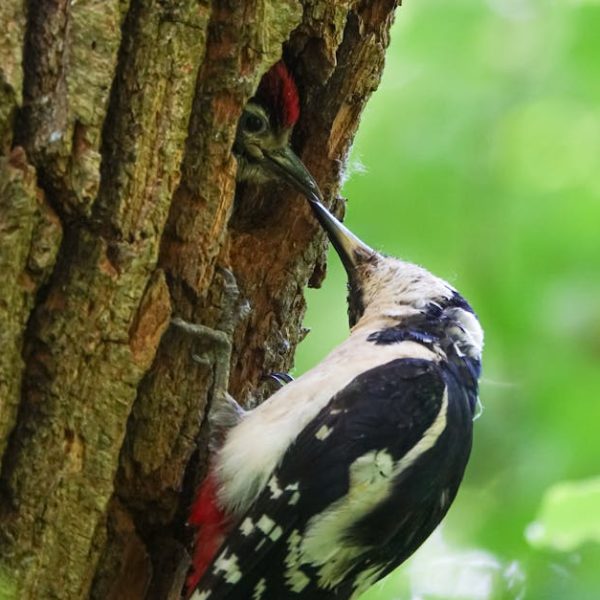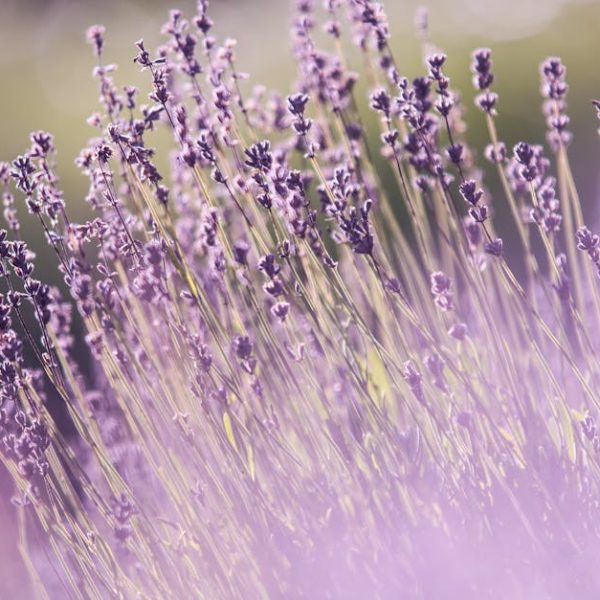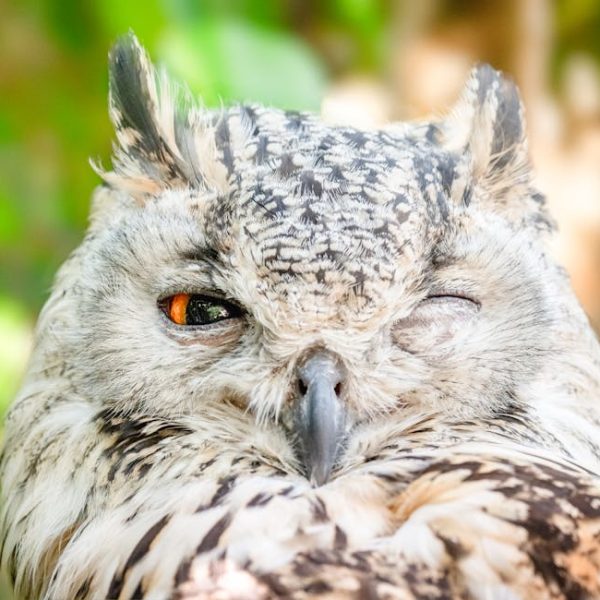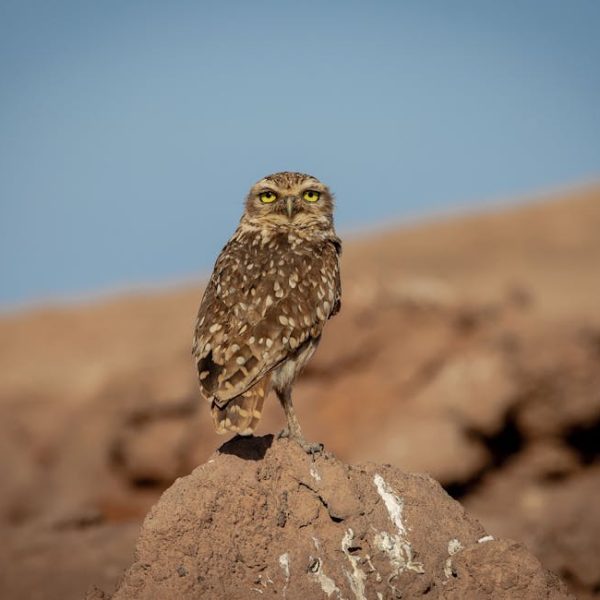Clipping your bird’s wings is relatively straightforward and can be done at home. However, there’s more to it than just a simple snip. It’s about the bird’s safety, mobility, and overall health. This comprehensive guide will demystify every aspect of this crucial grooming practice, teaching you the whys, hows, and the potential consequences.
Understanding the Basics of Wing Clipping
Clipping a bird’s wings is a preventive measure to limit their flying ability, ensuring their safety while allowing them a degree of mobility. It is a non-permanent procedure as the wings naturally regrow during each moulting season. Despite its practicality, it’s not without ethical considerations. It’s crucial to understand that while clipping prevents potential hazards like flight escape or injury, it restricts the bird’s innate ability to fly.
Pro tip: Before deciding to clip, always weigh the security benefits against the ethical implication of limiting a bird’s natural instinct to fly. Furthermore, remember that actual harm or discomfort should never occur during the wing-clipping process.
Preparing for the Clipping Process
Before beginning, understanding your bird’s behavior is essential, as some might feel anxious. A calm, quiet environment will help ease their stress. Gather the necessary tools including a pair of sharpened scissors for a smooth cut, a soft towel to wrap around the bird and prevent flapping, and styptic powder for clotting in the rare case of feather bleeding.
Best practice: Novice clipper? Discuss the process with a vet or professional bird groomer before attempting your first at-home clipping. This advice can provide relevant insights on your bird’s unique breed specifications and ease your concerns.
The Step by Step Process of Clipping Bird’s Wings
Wing clipping requires gentle handling and precise cut. Begin by firmly wrapping the bird in a towel, leaving one wing exposed. Identify the primary flight feathers to be cut, ensuring not to snip blood feathers as they can cause bleeding.
Pros and Cons: Home clipping affords privacy and reduced stress since it eliminates exposure to outside elements. However, if you lack the experience or know-how, it’s best to consult a professional bird groomer.
Post Clipping Care and Consideration
Post clipping care involves monitoring the bird for signs of distress or discomfort. Clipped birds may initially stumble or fall, but with continual care and observation, your feathered friend should adjust to its limited flying ability.
Pro tip: Comfort your bird post-procedure and look out for indications of infection or discomfort at the cut points. Any severe irregularities should prompt a visit to the vet.
Common Mistakes to Avoid while Clipping
Mistakes are often made by first-time clippers, such as cutting too many feathers, which can be confirmed by inability to glide down. Over-clipping can lead to injuries from falling.
Best practices: Learn appropriate bird handling methods, use the right cutting technique, and become aware of behavioral indicators of distress. Always remember, clipping should limit, not eliminate a bird’s ability to fly.
Understanding the Basics of Wing Clipping
Wing clipping is a necessary measure taken by bird keepers to prevent their birds from flying away or hurting themselves. It involves the trimming of a bird’s primary flight feathers to restrict its flying capabilities, but not entirely eliminating them. The process is safe, painless and does not harm the bird in any way, but it is not without its controversies. Some argue that it’s unethical to restrict a bird’s natural ability to fly, while others believe it is for the bird’s safety and well-being.
Pro tip: The primary goal of wing clipping should be to restrict your bird’s flight so that it flies downwards, rather than taking full flight. It is essential to understand that this process should not cause any harm or discomfort to your feathered friend.
Preparing for the Clipping Process
Before you start the trimming process, you need to take some time to understand your bird’s behavior. Birds can easily get stressed, hence the need to create a calm environment:
- Ensure the room is quiet and there are no disturbing sounds.
- Have your tools at the ready: sharp scissors or bird nail clippers, styptic powder to stop bleeding if a blood feather is accidentally cut, and a thick towel to soothe and restrain your bird during the process.
Best practice: If it’s your first time clipping your bird’s wings, it’s highly recommended to consult with a veterinarian or a professional bird groomer. They can provide you with useful insights and show you the proper way to carry out the task safely and effectively.
The Step by Step Process of Clipping Bird’s Wings
The wing-clipping process requires careful handling to avoid causing any unnecessary stress to your bird.
Pros and Cons:
Here’s a comparison between doing the wing clipping yourself and consulting a professional:
| Doing it Yourself | Consulting a Professional | |
|---|---|---|
| Pros | Save costs, bonding experience with your bird | Accurate clipping, less risk of errors, peace of mind |
| Cons | Potential issues with handling, risk of incorrect clipping, might stress your bird | Can be costly, separation from your bird during the procedure |
Post Clipping Care and Consideration
Once you’re done with the clipping, it’s necessary to monitor your bird diligently. Look out for any signs of stress or harm, like changes in behavior, loss of appetite, or excessive preening at the clipped area.
Pro tip: Make sure to always check your bird post-clipping diligently for a few days to ensure no infections or discomfort arise from the cut feathers.
Common Mistakes to Avoid while Clipping
Often, first-time wing clippers make mistakes that can lead to unwanted consequences. Some common errors include cutting too many feathers, cutting blood feathers, and not understanding their bird’s behavior.
Best practices:
- Always proceed with caution and do not rush the process.
- Learn your bird’s behavior and responses to stress.
- Familiarize yourself with the signs of distress and discomfort and immediately stop the process if any are observed.
- Understand the correct number and placement of feathers to clip.
- Invest in proper tools such as sharp scissors designed for wing clipping for a clean cut and to avoid causing pain to your bird.
Key Takeaway:
- Wing clipping is a common, preventive practice among bird owners to restrict a bird’s flying ability, ensuring their safety indoors.
- The process requires a calm environment and understanding of bird behaviour to minimize stress. Special clipping tools, a soft towel, and styptic powder are necessary assets.
- Proper wing clipping involves cutting primary flight feathers without causing discomfort to the bird, and never amounts to stripping a bird’s ability to fly completely.
- After clipping, monitoring the bird’s reaction is crucial to ensure comfort and look out for any signs of distress or infections.
- Some common mistakes during clipping include cutting too many feathers or not recognizing signs of distress.
In the world of bird caring, wing clipping is a manageable task, and with the right understanding and care, it can be done safely in the comfort of home. Remember, the ethical, emotional and physical well being of your bird should always be topmost. As you navigate this critical aspect of bird grooming, remain patient and considerate of your pet’s comfort, before, during, and after clipping.
FAQs
Q: How often should I clip my bird’s wings?
A: Typically, wing clipping is done once or twice a year, depending on the bird’s molting cycles. However, you should always consult with a vet or professional bird groomer to determine the best schedule for your specific bird.
Q: Does wing clipping hurt my bird?
A: No, if performed correctly, wing clipping is painless. It’s similar to cutting your own hair or fingernails – it doesn’t cause pain unless you cut into the living part of the feather, which is avoided during proper wing clipping.
Q: Will my bird’s flight feathers grow back after clipping?
A: Yes. Clipped feathers will grow back with each molt, restoring your bird’s flight capabilities until the next clipping.
Q: Can I clip my bird’s wings if I have never done it before?
A: Yes, but it is recommended to learn from a professional bird groomer or vet before doing it for the first time. Proper handling and clipping techniques are crucial to ensure your bird’s safety and comfort.
Q: Is it mandatory to clip my bird’s wings?
A: No, it’s not mandatory. The decision to clip your bird’s wings depends on their living conditions, their behavior, and your personal preference. Always weigh the benefits and potential downsides before deciding.
For more insightful articles on bird care, please share and continue exploring our site.
